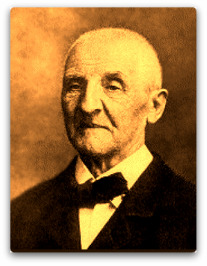 The evening chill announces that the Michigan summer is ending. Even on sunny days there is a little spark in the air that, somehow, connects itself to October more closely than to June.
The evening chill announces that the Michigan summer is ending. Even on sunny days there is a little spark in the air that, somehow, connects itself to October more closely than to June.
The economic convulsions of last year are still fresh, but there is hope that, someplace on the horizon, better days are coming. A lot of arts organizations got scared last spring. I read of Boards in a panic, suddenly confronted with no cash, smaller audiences, and dwindling donations. The crisis served as a wake-up call for many, and there were undoubtedly many earnest conversations about getting serious about keeping audience relations warm in this downturn. Budgets were cut, and cut again. Artistic leaders had to weigh conflicting interests as they suggested plans for a season that would take place between last year’s chaos and next year’s hoped-for recovery.
With the summer’s last days come the first hints of the new season. Brochures have been mailed, ticket orders are now being filled, boards are returning to their meetings, and staff members are working to get everything ready. Actor’s auditions are scheduled for roles for plays which will soon be in rehearsal. Musicians are practicing, and artists of all types are preparing new projects.
I know that, for myself, this summer I’ve been working through a pile of scores for the upcoming season. From Mozart and Mendelssohn to Bruckner and Bartok, there is a lot of music to prepare. Summer is not only “off-season”, but also time to get ready. The interior work happens long before the exterior work begins.
During this time I’ve also been thinking about the role of the artist in relationship to building “arts communities”. Understanding our latent capacities as artists to help galvanize our communities around the arts seems to be essential at this moment. We sometimes leave this work to the marketing department or the community relations staff. There is a good reason – the work of an artist is to make art, and it CAN seem like an intrusion to look outward instead of inward. But it doesn’t have to be that simple. We can make art AND the communities around them. In addition to doing our individual creative work, we can be part of the larger solution in a period of turmoil for all of us.
I want to start this series of blogs on personal artistic development and its relationship to building communities. Naturally, there are many interpretations of the word “community” – ranging from shared geography to any group with a shared interest.

Recently, I have been thinking of the community which formed around Bruckner’s music – and of one conductor’s role in helping establish and foster it over a very long lifetime: Bruno Walter. I’ve come to understand more clearly what his personal journey entailed. As an interpretive artist Walter grew in understanding Bruckner’s music over a lifetime of study, and his own growth helped foster the community that would be formed around the composer.
More on this subject next time…

Leave a Reply